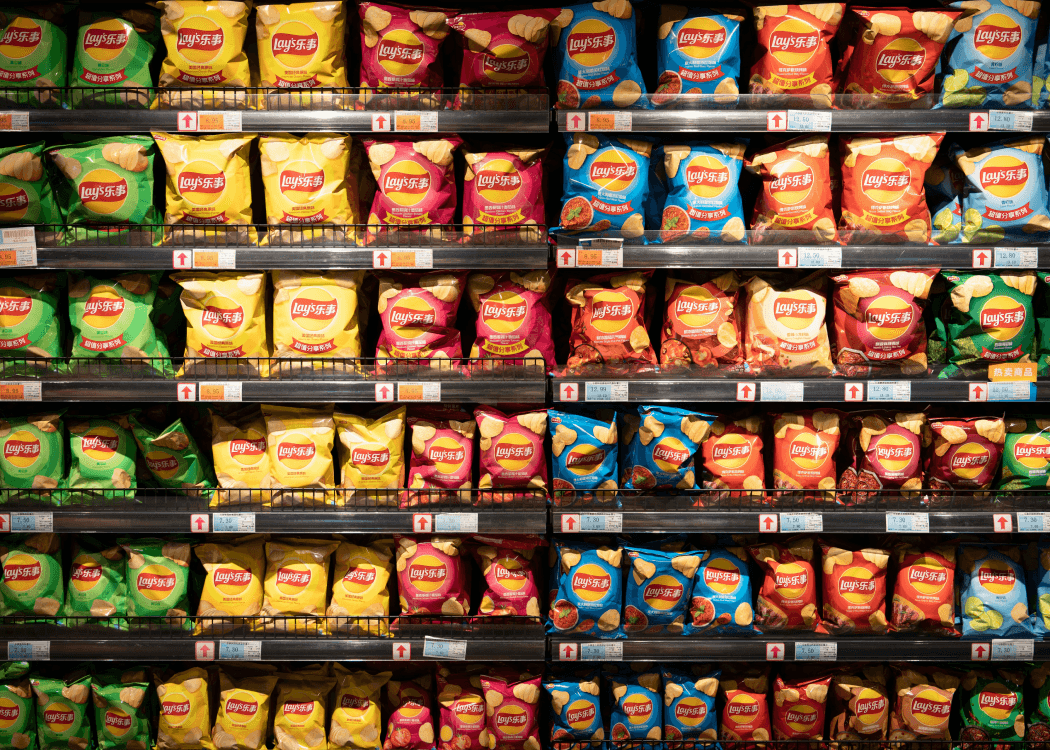Who switched my final version? Surviving the packaging approval maze
Ever feel like getting packaging approved is like trying to solve a Rubik’s cube—while it’s on fire?
3 min read
Ekaterina Skalatskaia
:
2025-03-19 09:00

Maintaining brand consistency across multiple markets is a complex but essential task to build a strong global presence. Picture your brand as an orchestra. Each section — strings, brass, percussion — represents a different market. Individually, they may produce beautiful music, but if they’re not playing the same sheet of music, you’ll end up with a cacophony instead of a symphony. Maintaining brand consistency is about ensuring that every market follows the same melody while allowing for subtle improvisations to suit the local audience. It’s both an art and a science.
Let’s dive into how you keep your orchestra in tune.
Every orchestra needs a conductor, and for a global brand, your brand guidelines are that steady baton. These are not just pretty PDFs filled with hex codes and font names — they are the lifeblood of consistency. They dictate how your brand looks, feels, and behaves.
But here’s the catch: guidelines that are too rigid are like a conductor who insists on a one-size-fits-all tempo, ignoring the unique characteristics of each section. A little flexibility goes a long way. For example, your logo’s golden ratio shouldn’t be up for debate, but allowing room for localized colors or messaging nuances can help your brand resonate with different audiences.
Metaphorically speaking, your brand guidelines should be more like GPS than a prison. They guide you to your destination but allow for detours when the road is closed.
A centralized system like Cway® can help ensure that these guidelines are universally accessible and followed while allowing for local adaptations when necessary. This prevents misaligned designs or inconsistent messaging across regions..
Think of your approval and production processes as the metronome of your brand symphony — it keeps everyone on the same rhythm.
A comperhensive special software like Cway® is indispensable for this. It ensures that every piece of artwork, from packaging to POS materials, meets brand standards before hitting the market. It also tracks every change, every approval, every eyebrow raised at a misplaced logo — because let’s be honest, there’s always that one person.
Without a robust system, you’re not just inviting mistakes; you’re rolling out the red carpet for them. And believe me, there’s nothing like seeing your carefully crafted brand identity torpedoed by a rogue font on a billboard in São Paulo.
Here’s where it gets tricky: differentiation. Each market is like a unique ecosystem with its own rules, expectations, and quirks. Your brand must adapt without losing its DNA. This is where the magic of localization comes in — the balancing act of staying true to the brand while speaking the local dialect, metaphorically and literally. Here’s how you can navigate this fine balance:
Maintaining brand consistency is a lot like conducting an orchestra in the middle of a fireworks display — it’s chaotic, it’s challenging, and sometimes you get burned. But when everything comes together, when every market is playing the same tune in perfect harmony, the result is nothing short of spectacular.
In a world that moves faster than ever, where customers expect authenticity and relevance at every touchpoint, brand consistency is no longer optional—it’s a competitive advantage. It builds trust, reinforces recognition, and ensures that no matter where your audience encounters you, they feel the same sense of reliability and connection.
The most successful brands are those that embrace the complexity of global markets while staying disciplined in their execution. They invest in tools, like Cway®, to streamline workflows and ensure accuracy. They learn from every adaptation and update their processes continuously, staying one step ahead of market demands.
At the end of the day, maintaining brand consistency is a marathon, not a sprint. It’s an infinite game that rewards diligence, creativity, and teamwork. With the right strategies, tools, and mindset, your brand can thrive in the diverse and dynamic global arena.
After all, consistency is not about being the same everywhere—it’s about being unmistakably you, everywhere.

Ever feel like getting packaging approved is like trying to solve a Rubik’s cube—while it’s on fire?

Think about this: every symbol, claim, or piece of text on a package has a purpose. It's there to meet regulatory requirements, convey essential...

Managing and organizing digital assets efficiently has become essential for businesses seeking to maintain a competitive edge. From marketing...